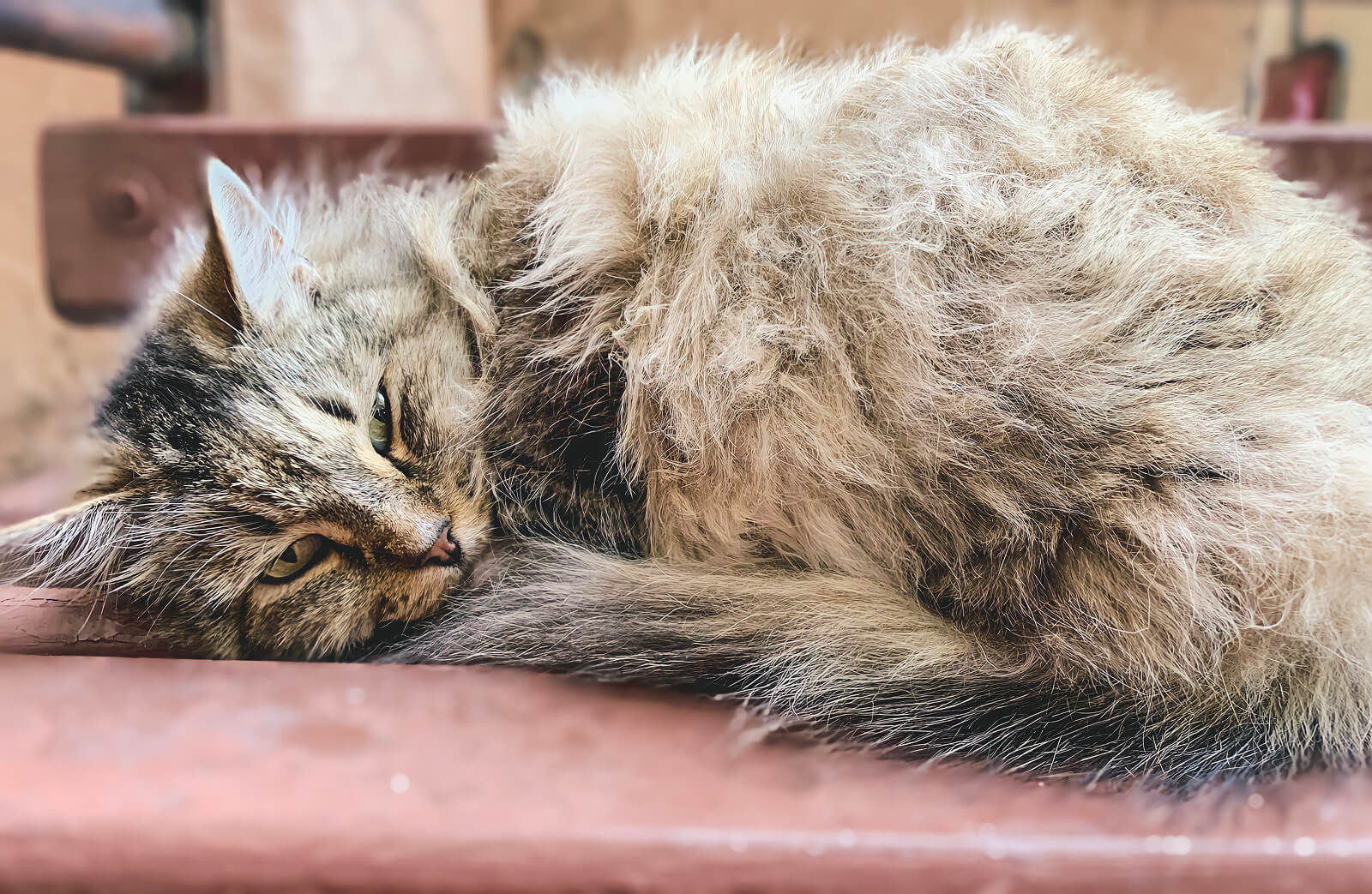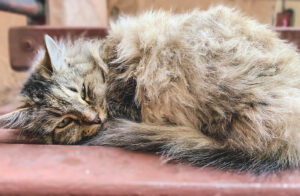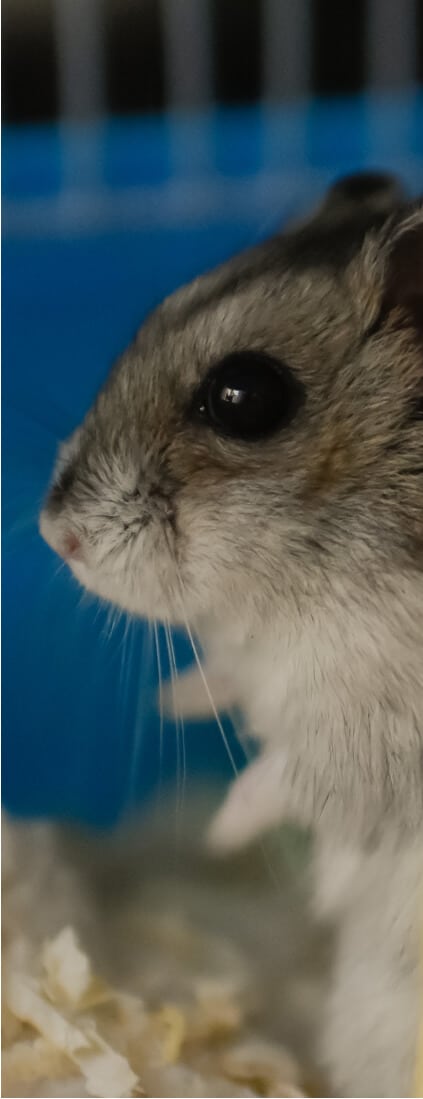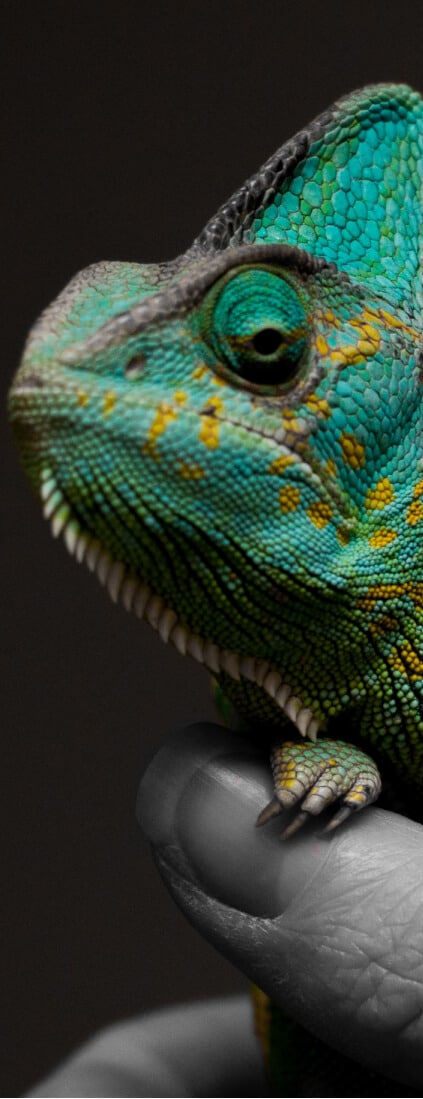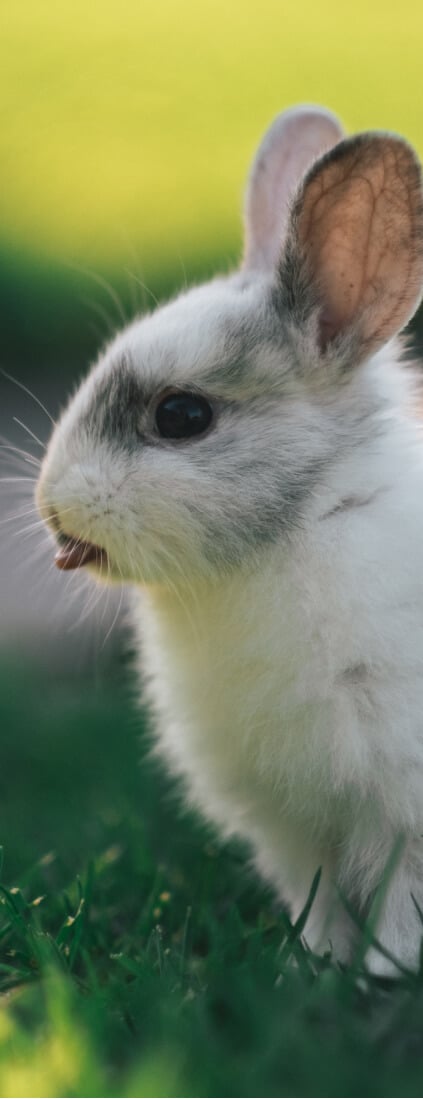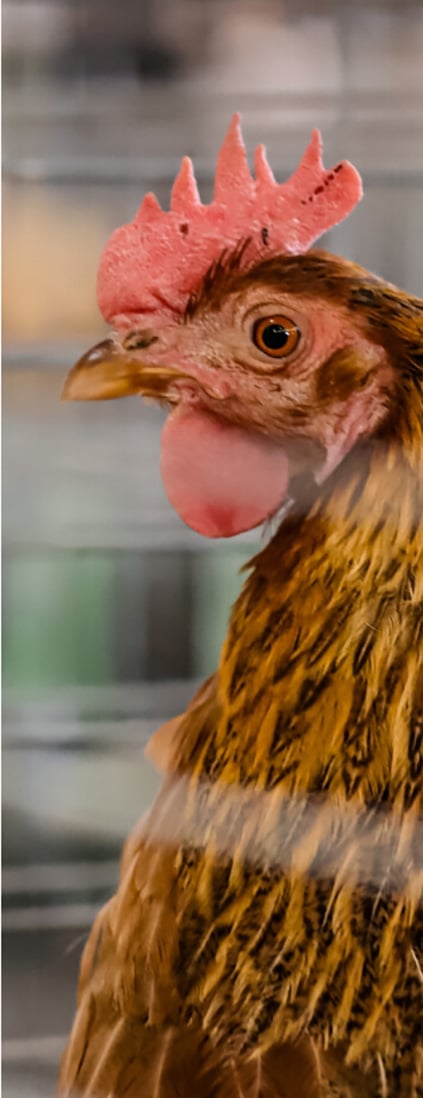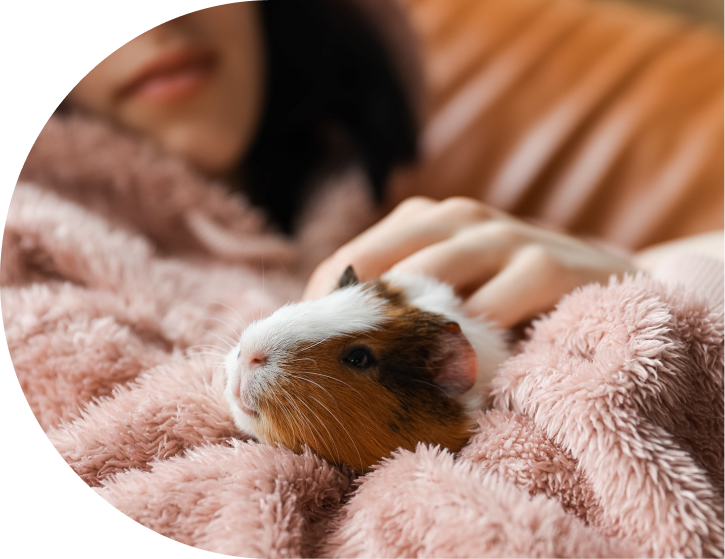Hyperthyroidism is a common condition in older cats. While it’s treatable, there may come a time when treatments no longer help, and your cat’s discomfort becomes harder to ignore. That’s when you may face one of the most difficult decisions as a pet parent: Is it time to say goodbye?
There’s no perfect answer. But understanding how feline hyperthyroidism progresses and knowing what signs to look for can help you make a decision grounded in love, not fear or guilt.
How Hyperthyroidism Affects Cats Over Time
Hyperthyroidism causes the thyroid gland to produce too much hormone, which speeds up the body’s metabolism. Early on, most cats respond well to treatment options: medications, special diets, or radioactive iodine therapy.
But over time, that constant metabolic overdrive can wear the body down, leading to other health issues like heart disease, kidney failure, or high blood pressure.
Many of these secondary effects of hyperthyroidism can be managed, and it requires careful observation and closely following your veterinarian’s instructions.
In the Beginning: Manageable Symptoms
You might notice your cat losing weight but still eating like a champ. Maybe they seem extra restless or vocal at night. These are manageable signs, and with treatment, many cats can live comfortably for months, or even years.
When Early Symptoms Stop Improving
As time goes on, you might notice that your cat’s usual symptoms no longer respond to treatment or antithyroid medication. Maybe they’re still eating, but they’re still losing weight. Or they’ve become quieter, not in a peaceful way, but in a withdrawn one.
You may see a once-social cat hide become less social. Or they seem confused, or tire easily. These cumulative changes can signal a deeper decline.
It’s in this in-between phase that many families begin to feel uncertain about next steps. Is this just a bad week? Or is it the beginning of something more?
This is the time to start tracking symptoms and asking questions. Because once decline begins, it can happen quickly. And having a plan can make the difference between a peaceful goodbye and having to make emergency decisions in an already difficult moment.
8 Signs Your Cat is Dying of Thyroid Disease
One sign alone might not mean it’s time—but if you’re seeing several of these at once, or a steep decline over a short period, it’s worth talking to your vet or a palliative care provider.
1. Continual weight loss, even with a strong appetite
Hyperthyroidism burns through your cat’s energy reserves. You may notice your cat’s body feels bonier than before. Their spine, hips, and shoulders might stick out even though they’re eating well. If they have an increased appetite but continue to lose weight, it’s a sign the disease is outpacing their intake.
What to do: Track their weight weekly at home. If the number keeps dropping despite meals, bring it up with your vet.
2. A sudden drop in appetite or complete refusal to eat
As your cat’s condition worsens, they may lose interest in cat food altogether, even their favorite treats, leading to further weight loss and malnutrition.
What to do: Log their meals for a few days. If they’re skipping more than two in a row, contact your vet immediately. It is also important that the volume of intake is appropriate. It is easy to feel reassured when they eat anything at all, but small amounts of food may not be enough to maintain their daily caloric needs, which will result in further decline.
3. Restlessness shifting to withdrawal
Early-stage hyperthyroid cats may be unusually active or vocal. But a major shift, like hiding, disinterest in affection, sleeping in odd places, can indicate exhaustion and that their quality of life is declining.
4. Intractable vomiting or diarrhea
Thyroid overactivity can upset the gut. If your cat vomits often, or you notice loose stools for more than a couple of days, it is a sign that should not be ignored.
What to do: Count how many times it happens in a week. More than two to three episodes of vomiting or diarrhea in that window is cause for concern.
5. Excessive thirst and urination
Hyperthyroidism can strain the kidneys. If you notice your cat drinking frequently, their water bowl empties faster than usual, and/or their litter box is soaked multiple times a day, their kidneys may be negatively impacted.
6. Rapid or difficulty breathing
A racing heart rate and high blood pressure are common with thyroid disease. If your cat pants, breathes heavily while resting, or seems winded from small movements, it could be a red flag for heart issues.
What to do: Watch for shallow breaths or breathing with their mouth open. This can be an emergency—don’t wait to call a vet.
7. Disorientation or unusual behavior
Some cats with severe signs of hyperthyroidism may act like they don’t recognize their surroundings. Wandering aimlessly, staring into space, or seeming confused could mean the disease is affecting their brain or nervous system.
What to do: Document the behavior with a quick video and share it with your vet. It can help diagnose what’s going on and how to help them.
8. Persistent pain or discomfort
Cats hide pain well. But if your cat cries, flinches when touched, hides more, or seems restless at night, it could mean they’re hurting and their meds aren’t working anymore.
What Happens If You Wait Too Long?
Many pet owners wait because they want to be absolutely sure, and that’s natural. But unfortunately, hyperthyroidism can escalate quickly. Missing the clinical signs and waiting too long can lead to these side effects:
- Heart failure or collapse
- Severe dehydration and malnutrition
- Seizures or confusion
- Pain or distress that’s hard to relieve, even with medication
If your cat begins to decline rapidly, you may lose the chance to give them a peaceful goodbye. Thinking ahead, even just a little, can help you avoid a rushed or emergency decision.
Why Euthanasia Can Be the Most Loving Choice
You may never feel ready – most people aren’t. But euthanasia, especially when done at home, can offer a peaceful and compassionate end.
For many families, letting their cat pass in a familiar space, curled up in a favorite spot, surrounded by their people, makes all the difference. It avoids an emergency decision and allows space for reflection, love, and comfort.
Saying goodbye is heartbreaking. But choosing to prevent further suffering is the most loving step a pet owner can take.
If You’re in Portland, We’re Here to Help
At Compassionate Care, we offer in-home pet euthanasia and cremation services throughout the Portland area. Whether you need help assessing your cat’s quality of life, or you’re just not sure what’s next, we’re here to walk with you.
We also offer private and communal cremation, and can guide you through every end-of-life decision with clarity and respect.
If you have questions or even just need someone to listen, we’re always just a phone call away.
Because you don’t have to face this alone.
